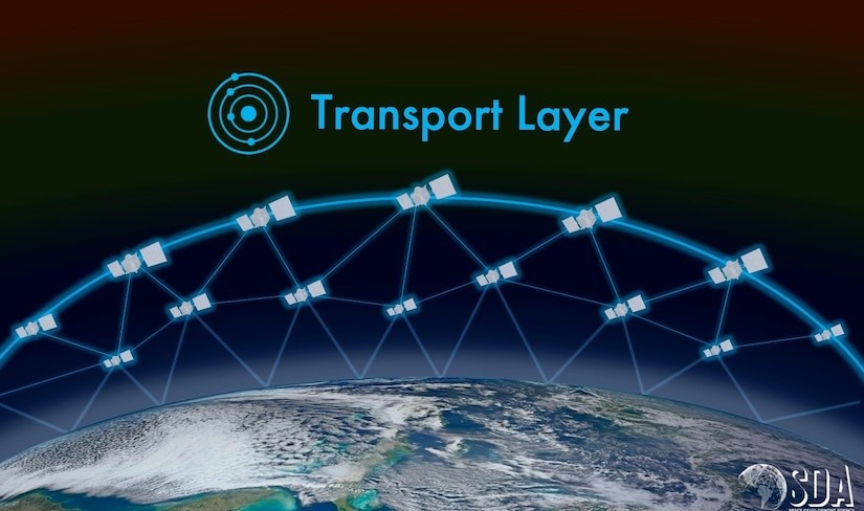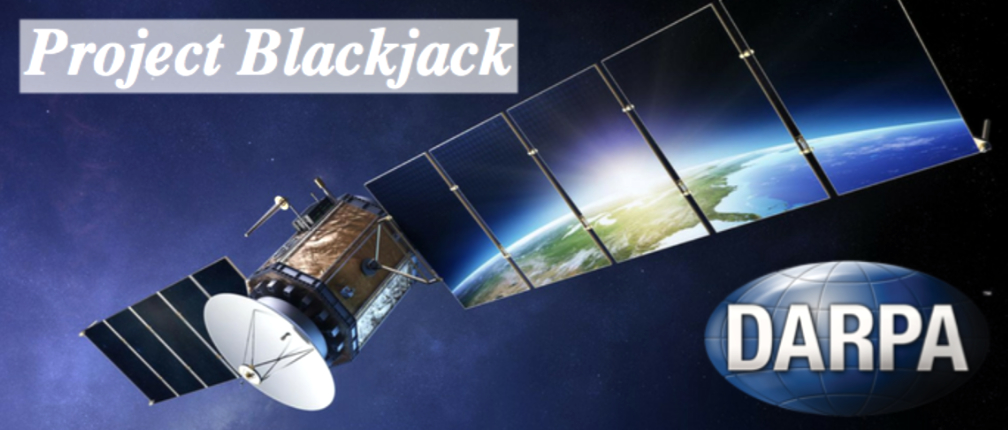
Rocket Lab USA, Inc. (Nasdaq: RKLB) (“Rocket Lab” or “the Company”) has supported a significant milestone for DARPA and the Space Development Agency’s (SDA) Mandrake-2 mission.

In June, the two Mandrake-2 spacecraft, Able and Baker, successfully demonstrated closing and maintaining an optical communications link for the full test duration of 40 minutes at a range of 114 km. In that time, more than 280 GB of data were transferred between the satellites. This is an historic step in DARPA and SDA’s vision to provide an assured, resilient, low-latency, high-volume data transport communication system worldwide via a mesh network of optically interconnected space vehicles.
Rocket Lab has played a leading role in the mission through its team at Advanced Solutions Inc. (ASI), a Colorado-based aerospace engineering firm delivering mission proven space software, mission simulation and testing solutions. Acquired by Rocket Lab in October of 2021, ASI has been part of the Mandrake-2 mission from the beginning of the program, contributing to delivery of space vehicles at the launch site in less than nine months.
Rocket Lab provided to the mission MAX Flight Software, Guidance, Navigation and Control (GNC) design and analysis, MAX Ground Data System, and mission operations. Since launch, the spacecraft have been operated from the Rocket Lab Operations Center in Littleton, Colorado.
As part of operations, the Rocket Lab team is responsible for daily spacecraft health and status monitoring, payload tasking, and trajectory control between the spacecraft to support the optical cross-link testing. Rocket Lab also supplied the star trackers and reaction wheels for the spacecraft, enabling the high-precision attitude determination and control required to achieve the optical communications link. The spacecraft separation system for the mission was also supplied by Rocket Lab.
The Mandrake-2 spacecraft were developed as an early risk reduction for DARPA’s Blackjack program to demonstrate high-bandwidth, optical inter-satellite links (OISL) via advanced laser communication technology. The spacecraft were developed and launch-ready in just nine months, with final testing of both spacecraft taking place at Rocket Lab’s Colorado facility prior to shipment to the Kennedy Space Center (KSC) in Florida.

Both the satellites and payloads are healthy and performing well. The Rocket Lab team looks forward to continuing supporting DARPA and SDA to further characterize and demonstrate this critical capability on-orbit.
“This constitutes a game-changing advancement and a critical enabler for proliferated space architectures,” said Stephen Forbes, who is program manager of the Blackjack program in DARPA’s Tactical Technology Office.
“This is a significant step toward the realization of global high-speed space network and I could not be more proud of the teams at Rocket Lab and ASI for making it possible,” said Rocket Lab founder and CEO, Peter Beck. “Once again, this is a solid demonstration of the efficiencies and reliability delivered by Rocket Lab’s vertically integrated capabilities.”
Founded in 2006, Rocket Lab is an end-to-end space company with an established track record of mission success. We deliver reliable launch services, satellite manufacture, spacecraft components, and on-orbit management solutions that make it faster, easier and more affordable to access space. Headquartered in Long Beach, California, Rocket Lab designs and manufactures the Electron small orbital launch vehicle and the Photon satellite platform and is developing the Neutron 8-ton payload class launch vehicle. Since its first orbital launch in January 2018, Rocket Lab’s Electron launch vehicle has become the second most frequently launched U.S. rocket annually and has delivered 148 satellites to orbit for private and public sector organizations, enabling operations in national security, scientific research, space debris mitigation, Earth observation, climate monitoring, and communications. Rocket Lab’s Photon spacecraft platform has been selected to support NASA missions to the Moon and Mars, as well as the first private commercial mission to Venus. Rocket Lab has three launch pads at two launch sites, including two launch pads at a private orbital launch site located in New Zealand and a second launch site in Virginia, USA which is expected to become operational in 2022. To learn more, visit www.rocketlabusa.com.
